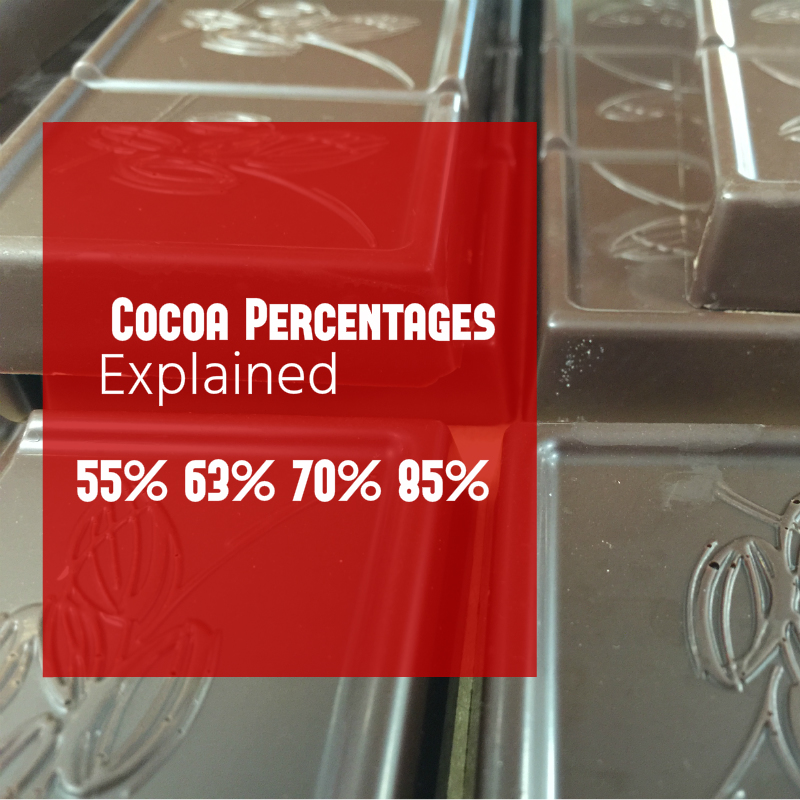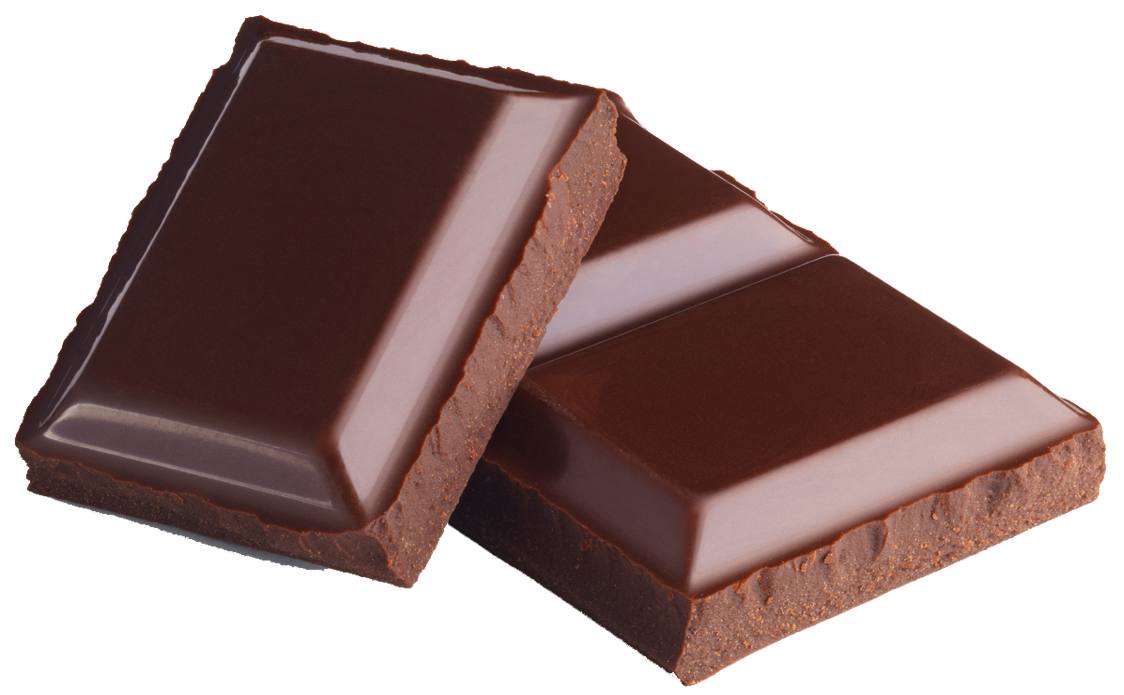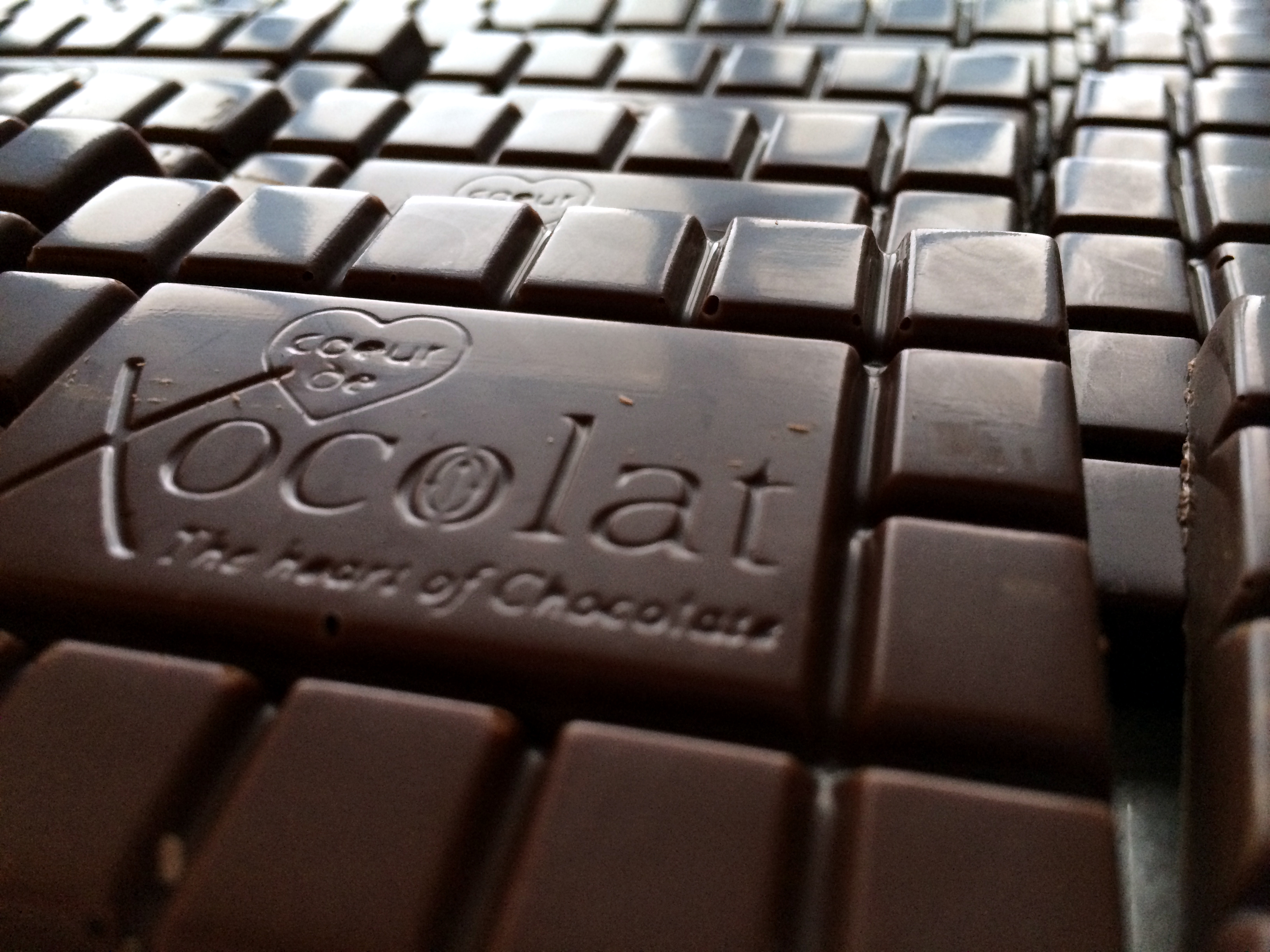 When you stroll down the chocolate aisle in search of your ideal treat, you'll often come across cocoa percentage labels. While you may already associate higher percentages with darker chocolate and lower percentages with milder options, understanding what each percentage means for your taste buds can be an intriguing journey. So, let's unwrap the world of cocoa percentages.
When you stroll down the chocolate aisle in search of your ideal treat, you'll often come across cocoa percentage labels. While you may already associate higher percentages with darker chocolate and lower percentages with milder options, understanding what each percentage means for your taste buds can be an intriguing journey. So, let's unwrap the world of cocoa percentages.
Understanding Cocoa Percentage
First things first, what does the cocoa percentage on the label signify?
It's worth noting that there's no universal standard for cocoa percentages. One brand may offer an 85% dark chocolate bar, while another might tout a 70%. These numbers represent the amount of cocoa chosen by the chocolate maker to craft their bar.
In a quality dark chocolate bar, you'll find minimal ingredients – cocoa solids, cocoa butter, sugar, and perhaps a binding agent.
The cocoa percentage indicates the quantity of cocoa solids used in the bar. In simpler terms, a higher percentage often means a more intense cocoa flavour. Conversely, when it comes to white chocolate, the cocoa percentage relates to the cocoa butter content.
More cocoa butter often leads to creamier and more aromatic bars, while lower percentages might include less desirable ingredients like palm oil or nut pastes.
Beyond taste and texture, cocoa percentage can also signal quality. Lower percentages can suggest an abundance of sugar and vanilla used to mask the lack of a robust chocolatey flavour. In the UK, milk chocolate must contain a minimum of 25% cocoa solids, and white chocolate must have at least 20% cocoa butter. However, if you're in the US, their milk chocolate can go as low as 10% cocoa solids.
Choosing the Perfect Percentage

At Coeur de Xocolate, we believe in "less sugar, more cocoa," allowing the intricate aromas of the cocoa bean to shine through. But what's the ideal cocoa percentage for different types of chocolate?
Dark Chocolate:
For a multi-layered cocoa experience, opt for dark chocolate with a minimum of 70% cocoa solids. If you're a devotee of dark chocolate, consider something even stronger, with a cocoa percentage exceeding 85%. Don't worry about 100% bars; they may lack sugar but boast a rich cocoa flavour perfect for adding to savoury dishes thanks to the natural cocoa butter.
Milk Chocolate:
While the minimum cocoa solids for milk chocolate can be as low as 20%, you shouldn't compromise. Some milk chocolates contain as much as 50% cocoa solids, providing a delicate cocoa taste without overwhelming sweetness.
.jpg)
White Chocolate:
White chocolate may lack the bold cocoa flavours, but cocoa butter plays a crucial role. While UK law only requires 20% cocoa butter, some white chocolate boasts a velvety texture with 36% cocoa butter.
The Impact on Taste
Dark Chocolate:
Higher cocoa percentages in dark chocolate yield a rich, savoury experience. The bitterness becomes more pronounced, producing a multi-layered tasting adventure
Milk Chocolate:
In milk chocolate, higher cocoa percentages can bring depth to the flavour profile. The presence of milk adds a subtle sweetness, balancing the cocoa's depth. Our commitment to 40% cocoa solids ensures a satisfying cocoa presence without excessive sweetness.
White Chocolate:
The delicate nature of white chocolate's flavour means that even a slight reduction in cocoa butter can be noticeable.
Navigating Chocolate Vernacular:
Now, let's acquaint ourselves with some chocolate jargon:
- *Cacao/Cocoa:* These terms encapsulate the essence of chocolate - the bean that yields chocolate liquor, cocoa butter, and cocoa powder.
- *Chocolate Liquor:* Produced by grinding the nib, the core of the cocoa bean, into a smooth, liquid state.
- *Cocoa Butter:* The intrinsic fat within cocoa beans that grants chocolate its characteristic melt-in-the-mouth quality.
- *Cocoa or Cocoa Powder:* These products emerge from the process of extracting most of the cocoa butter from the cocoa bean, leaving behind a finely ground powder.
The cocoa percentage functions as a secret handshake between you and your chocolate. It's a teaser, a whisper of the delights that await, yet the true revelation unfolds with that initial sumptuous bite. So, the next time you pick up a chocolate bar, let those numbers be your guiding star. They'll steer you through a flavour expedition that's exclusively yours to savour.

